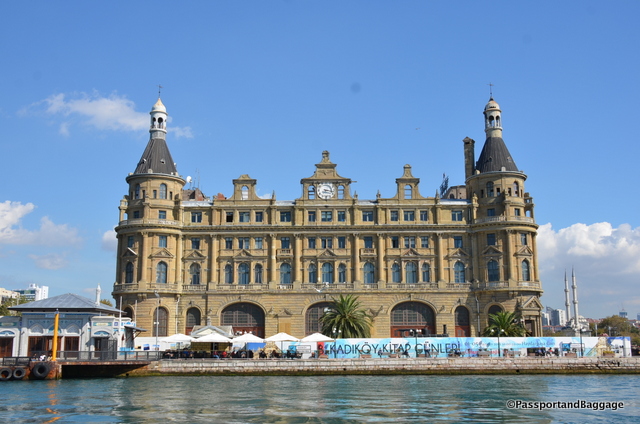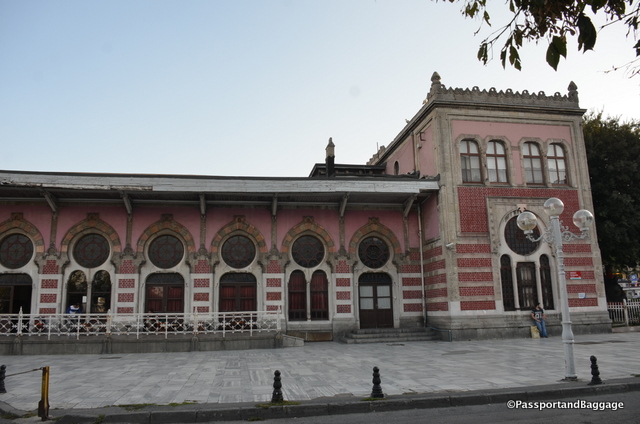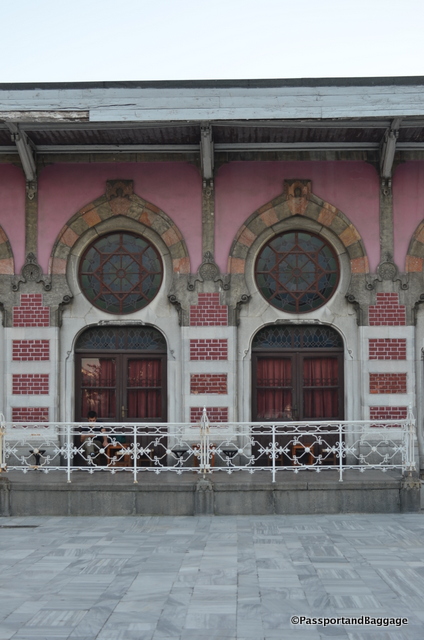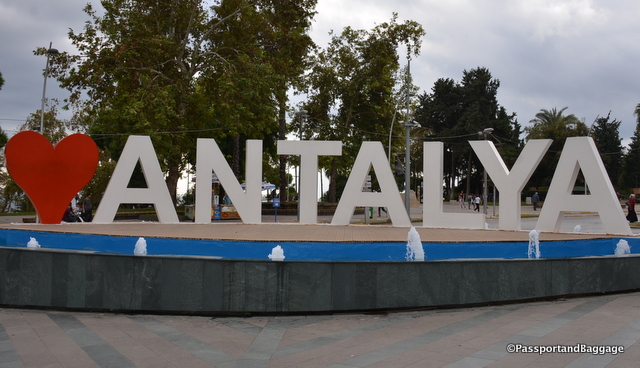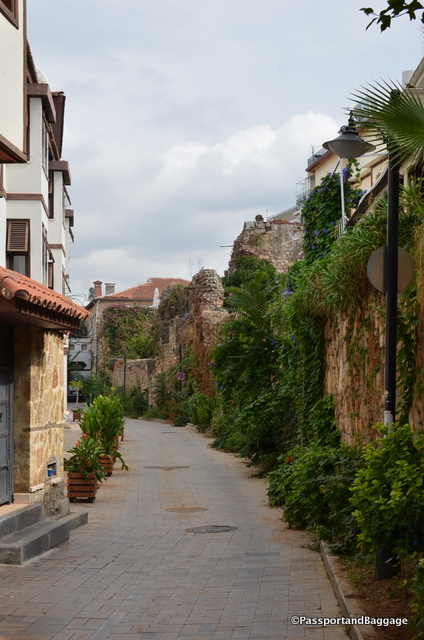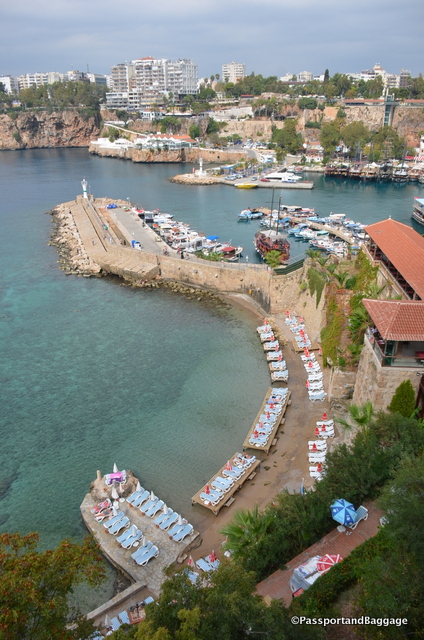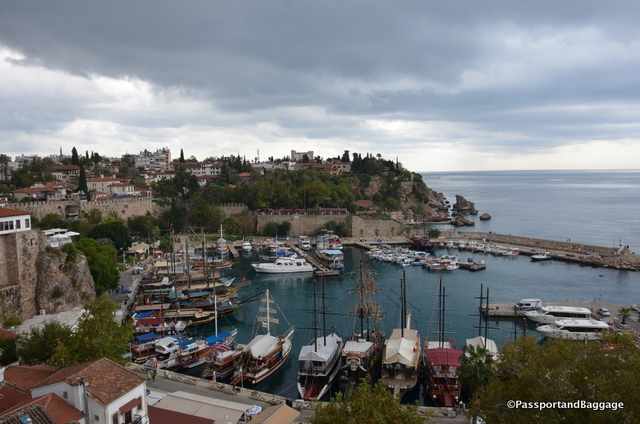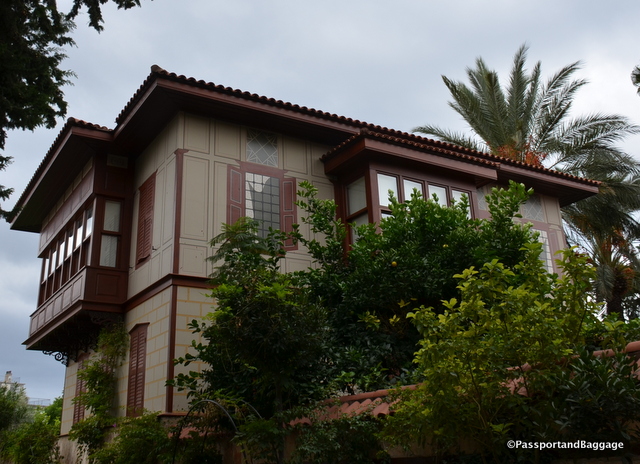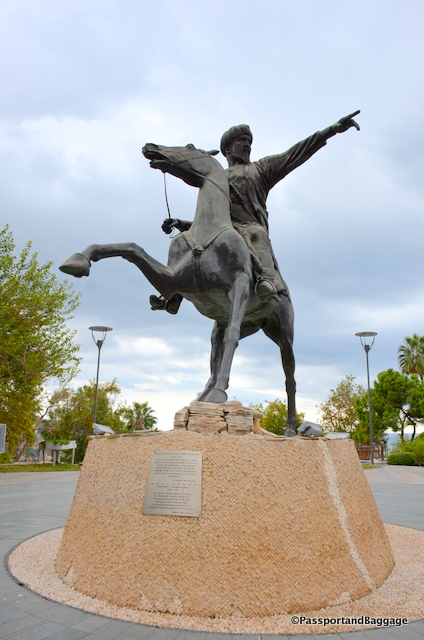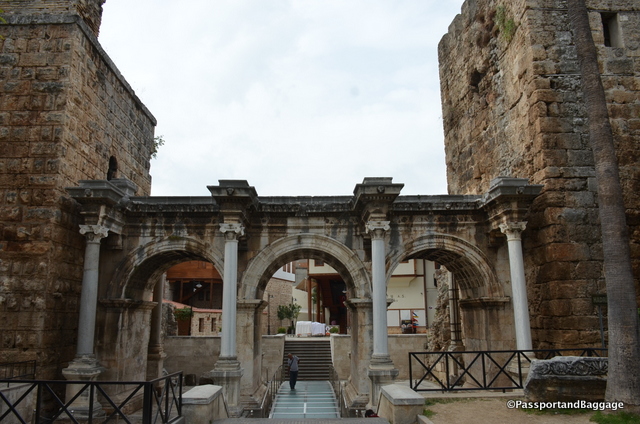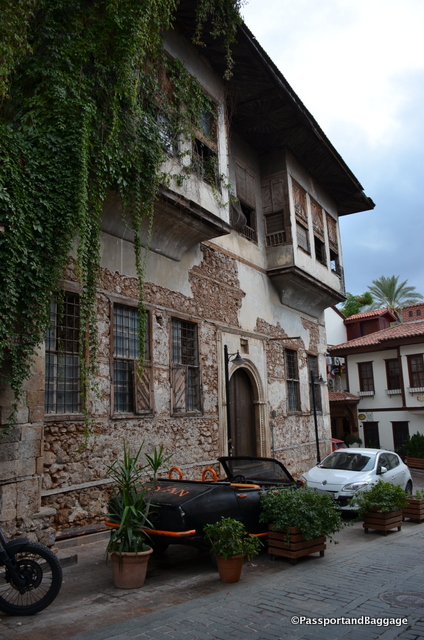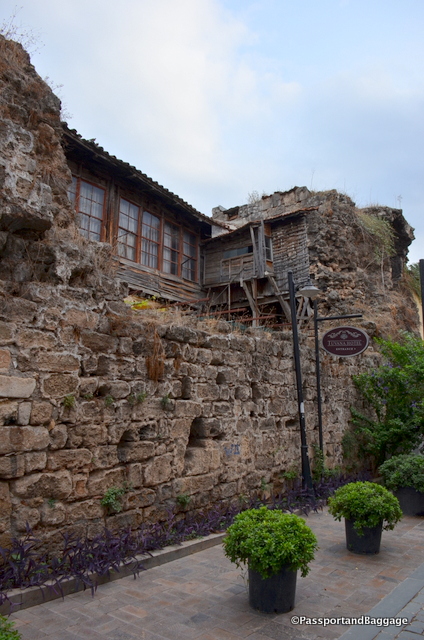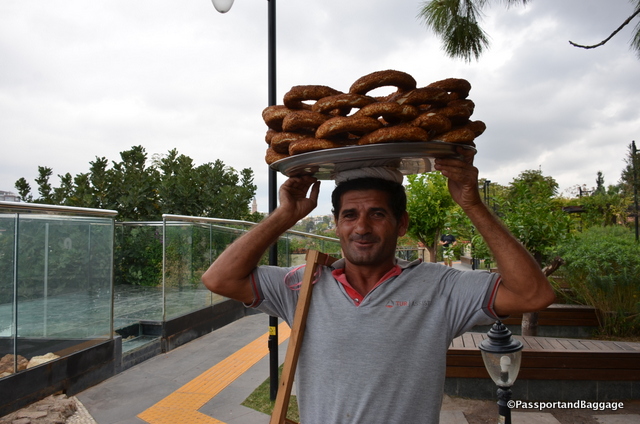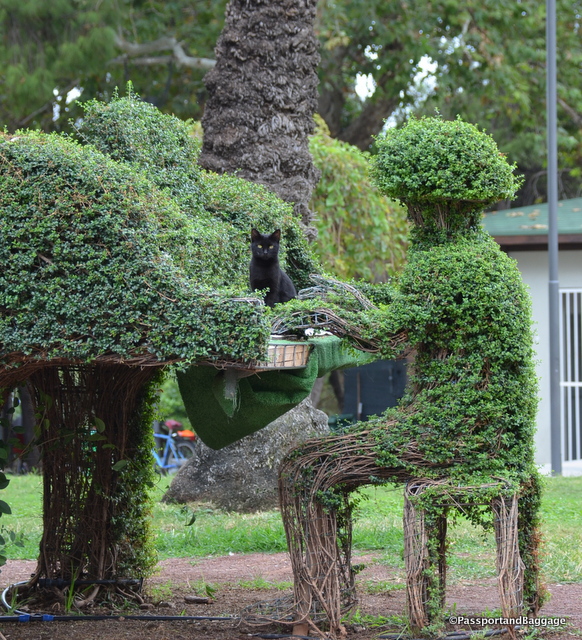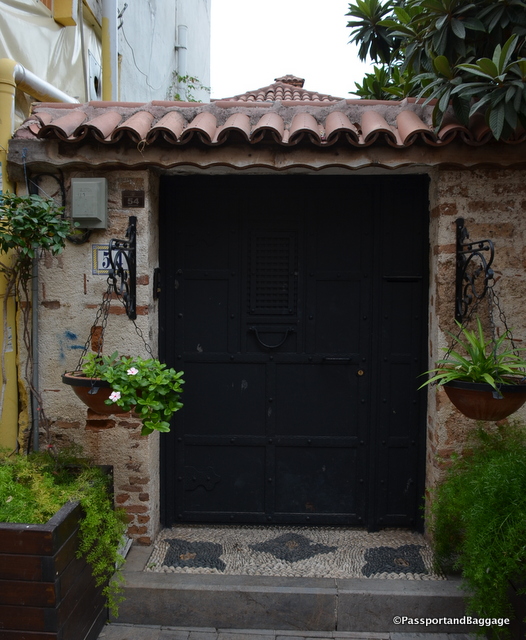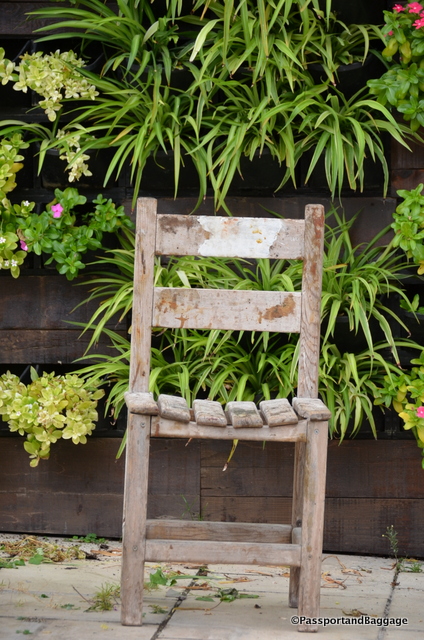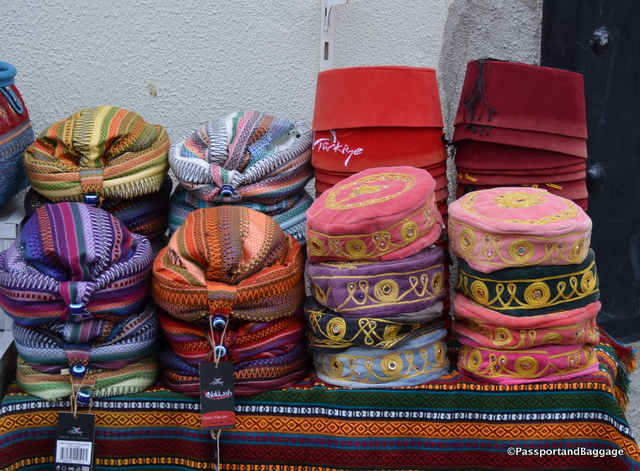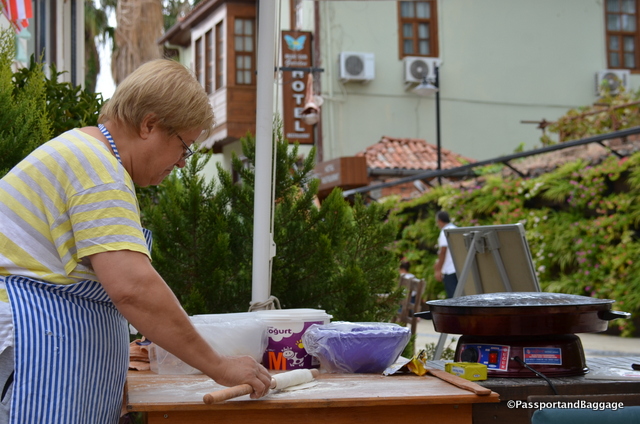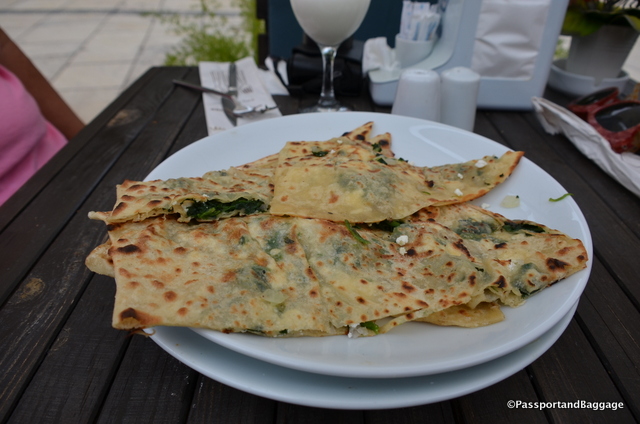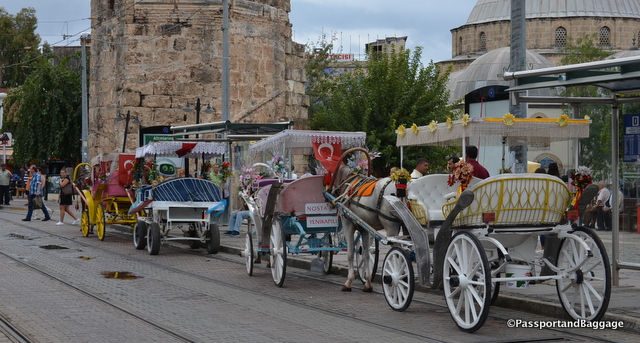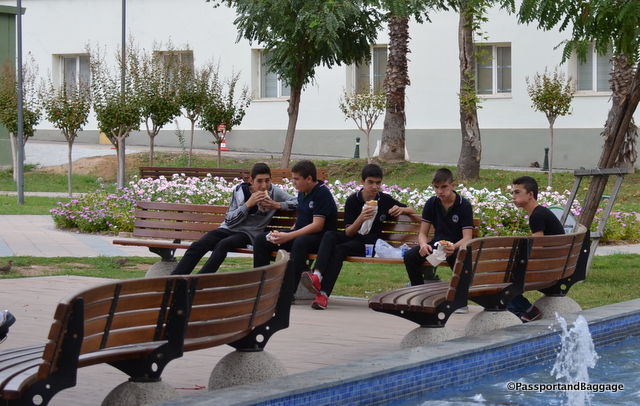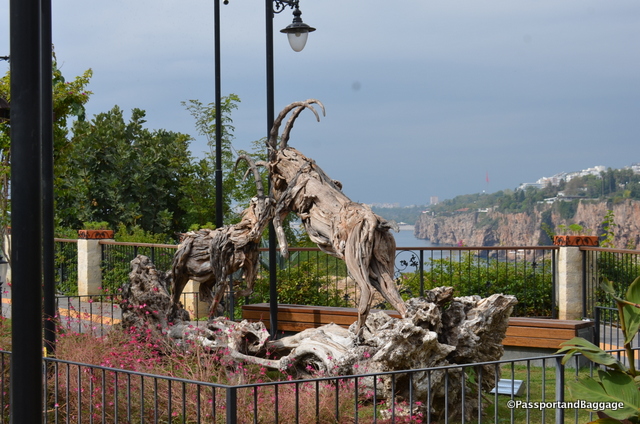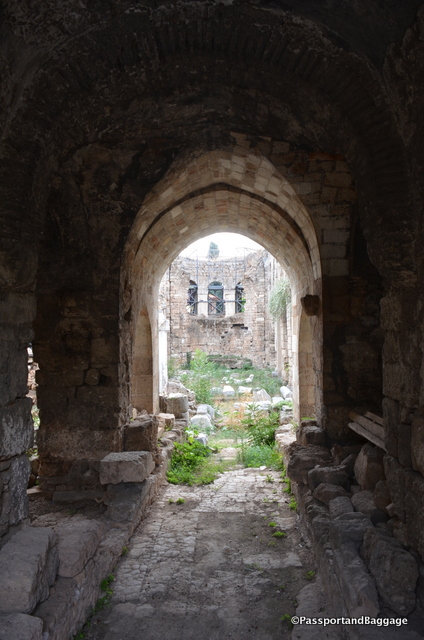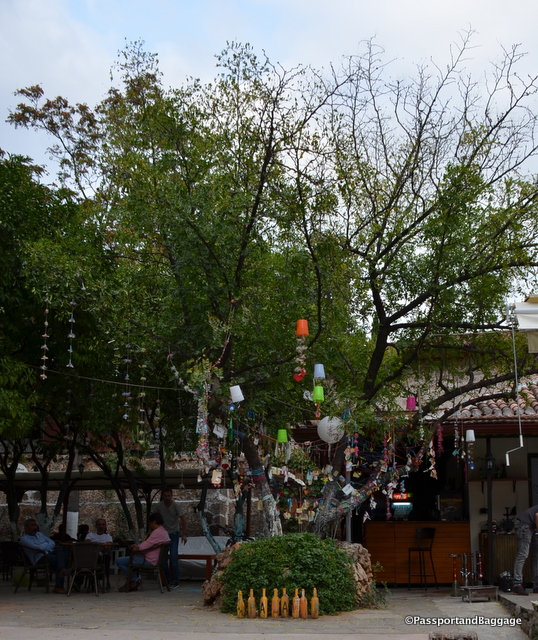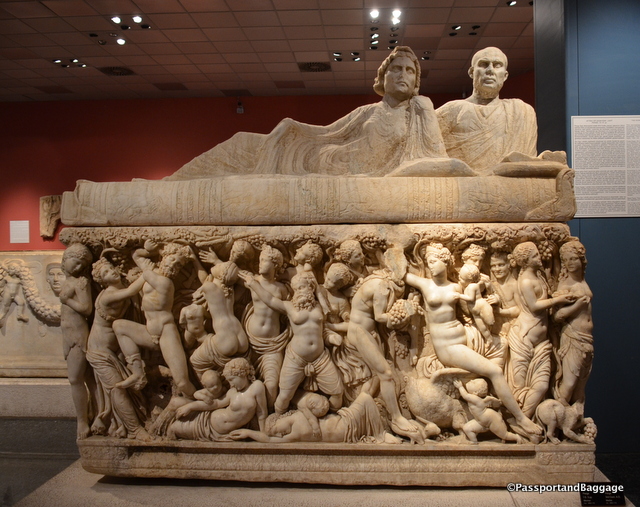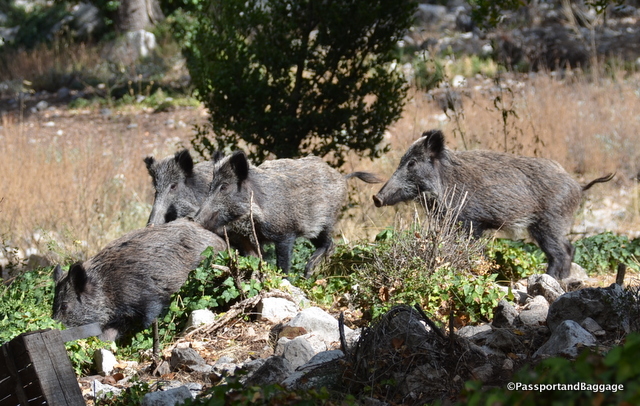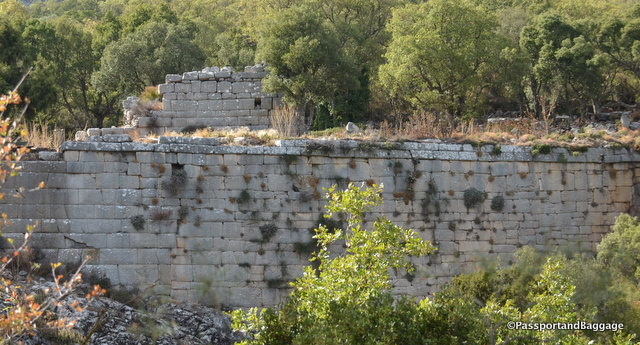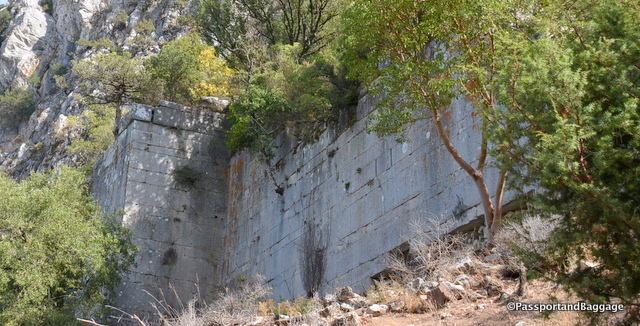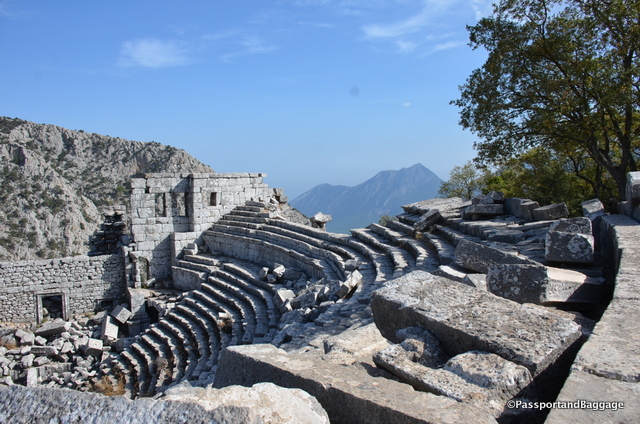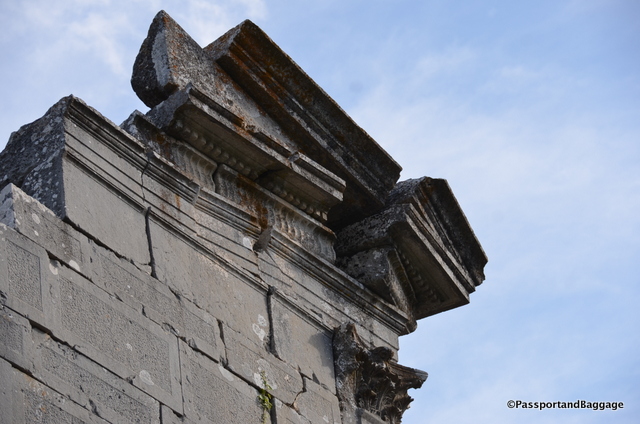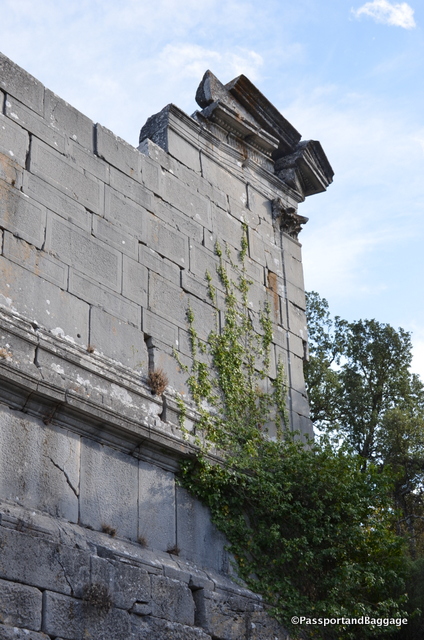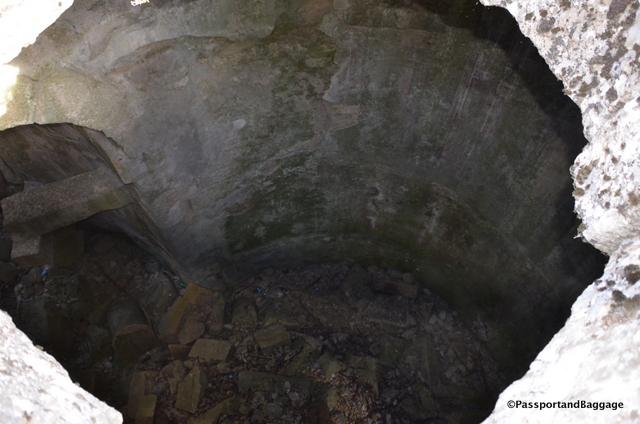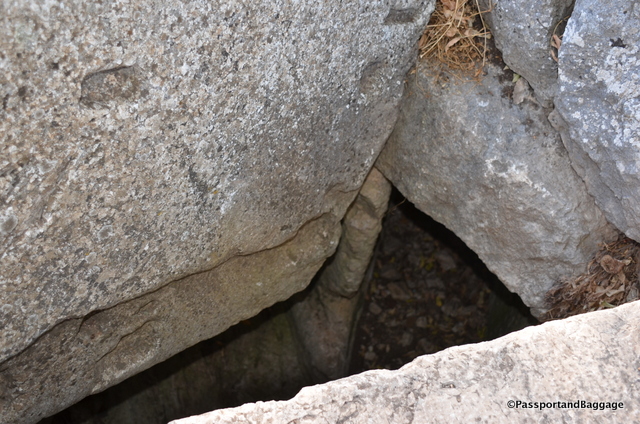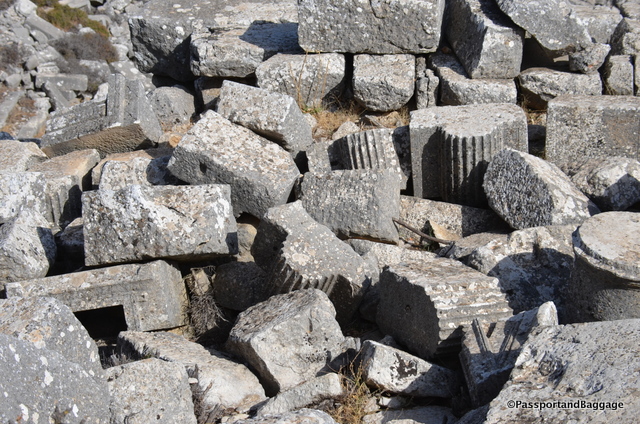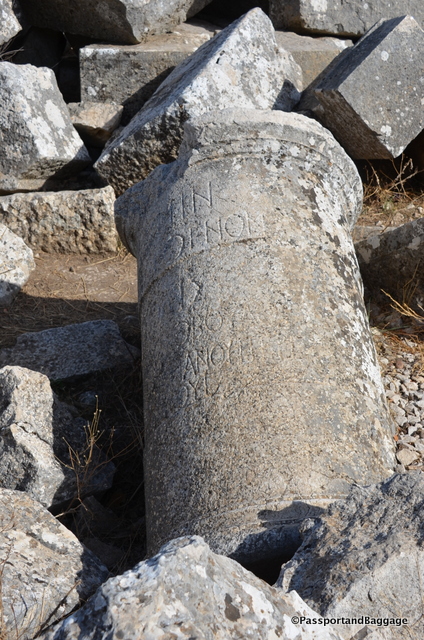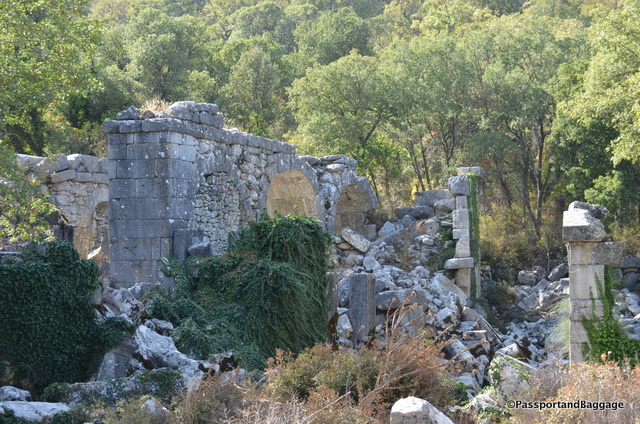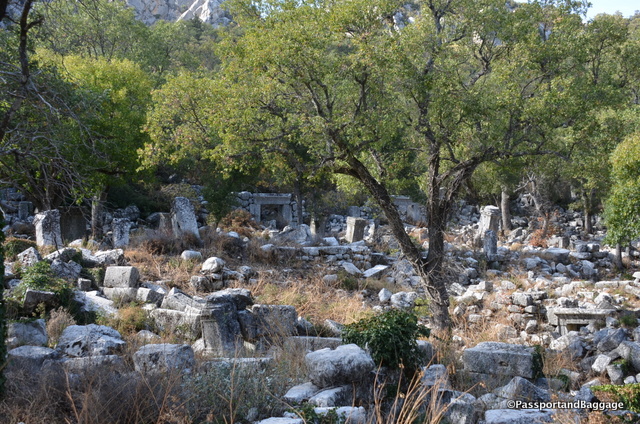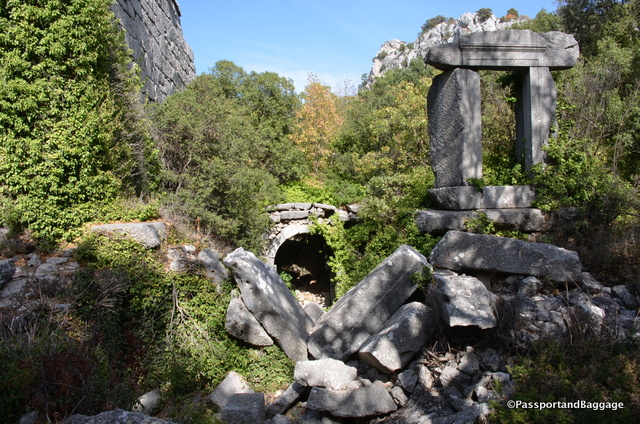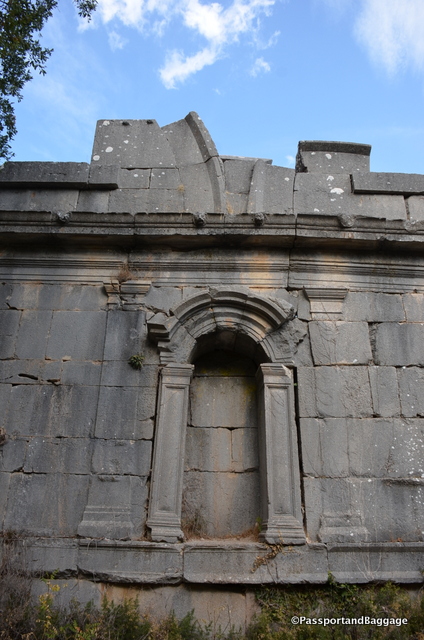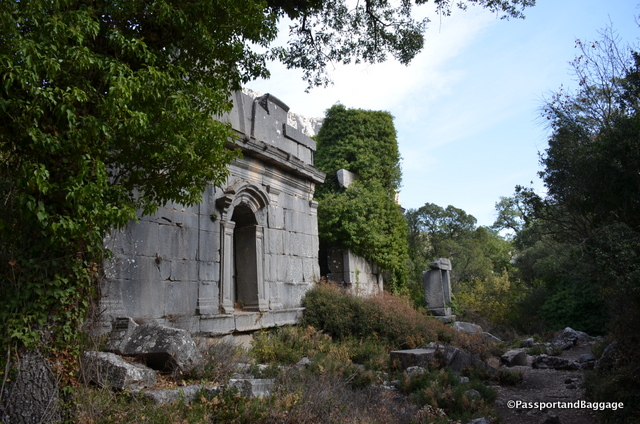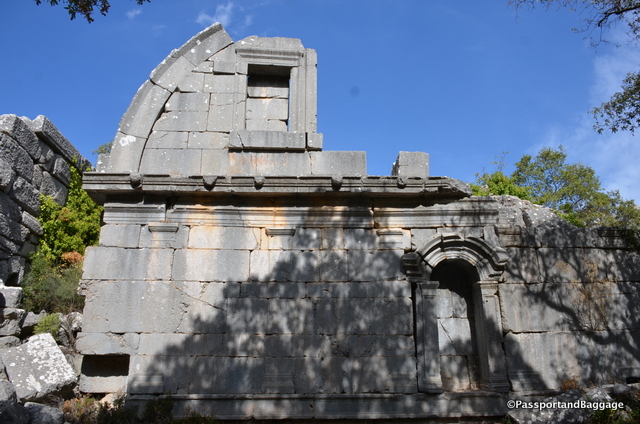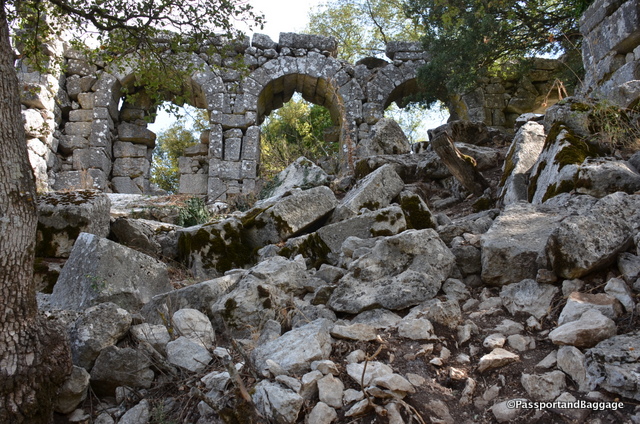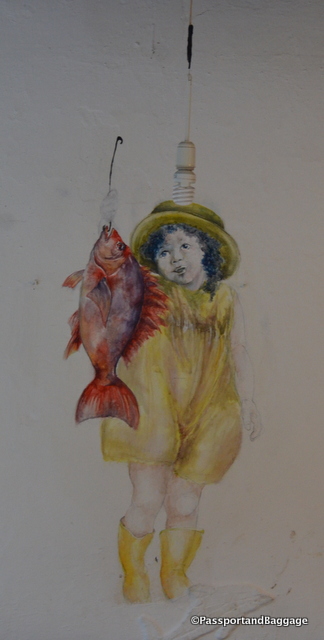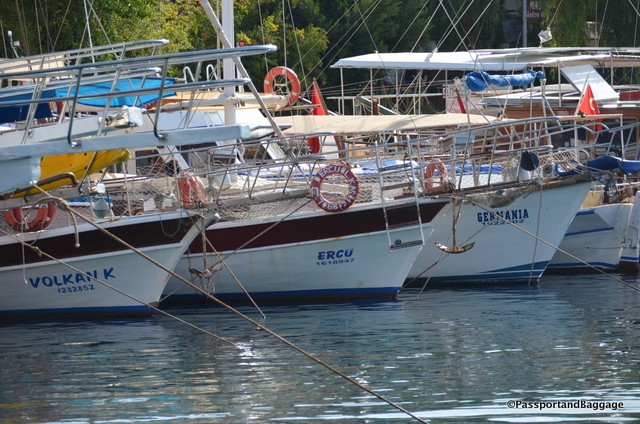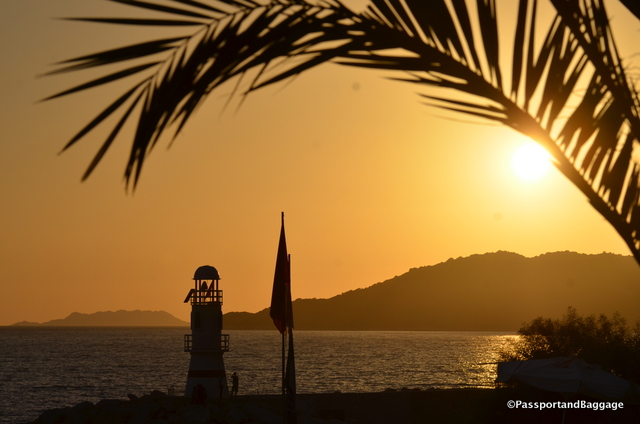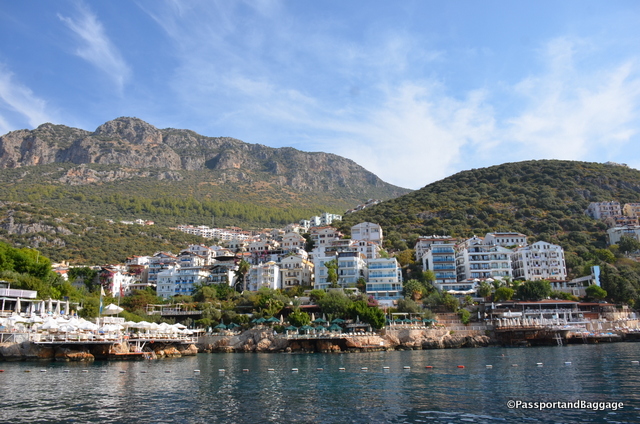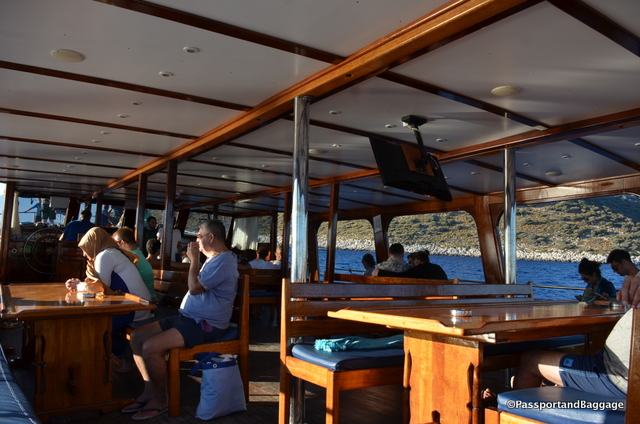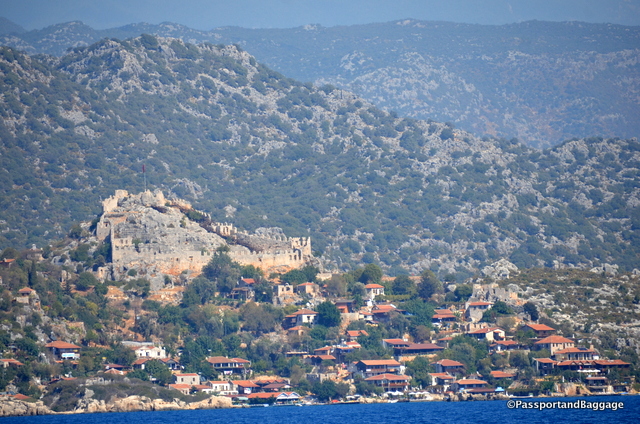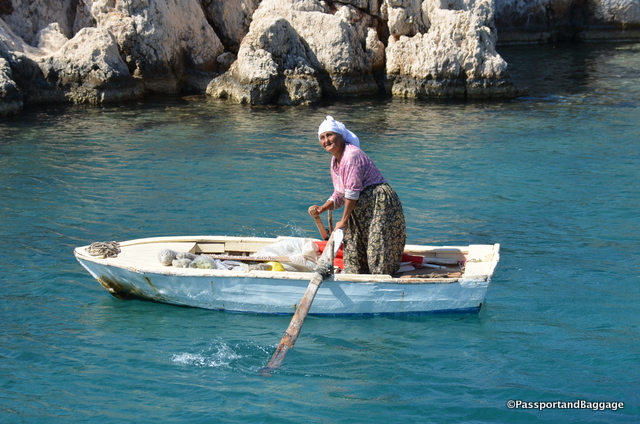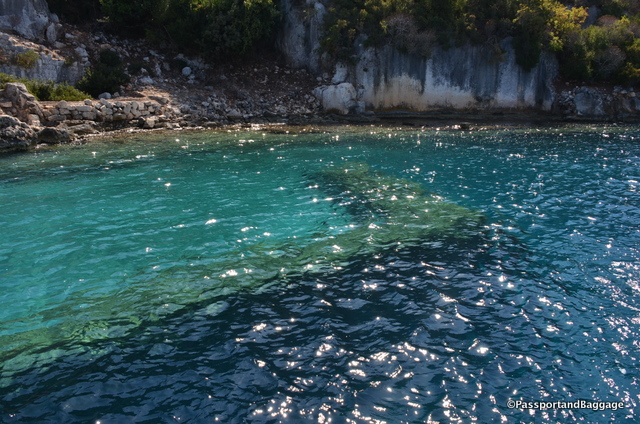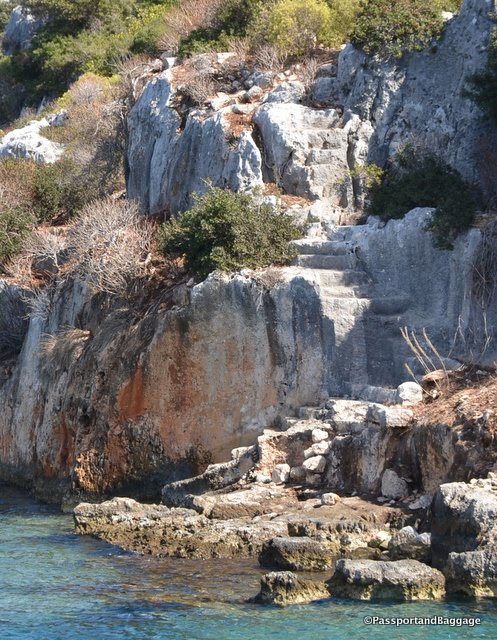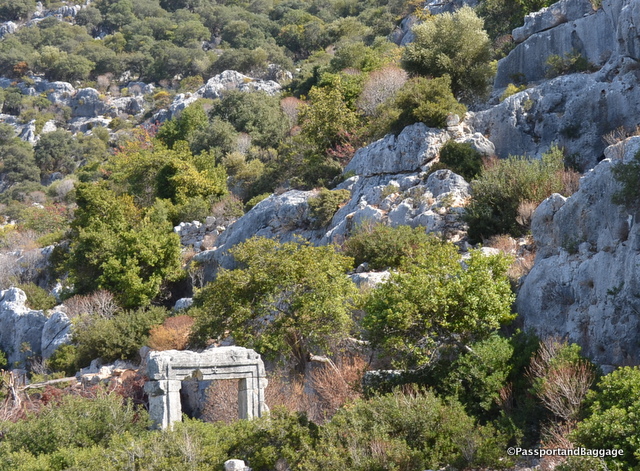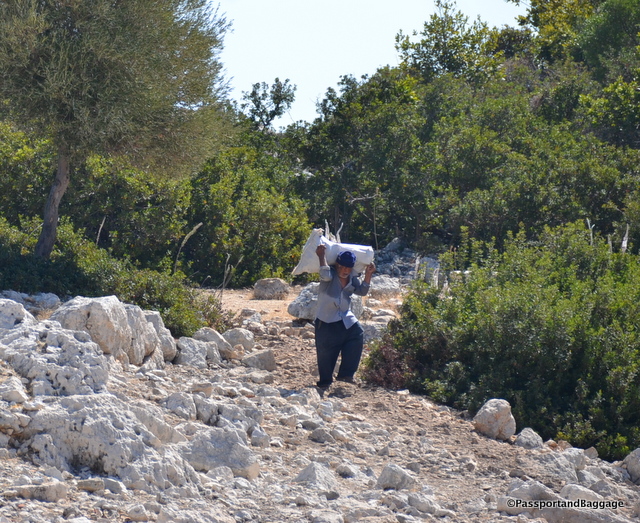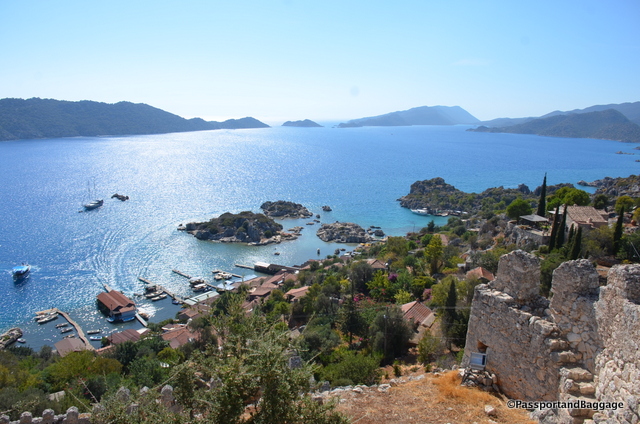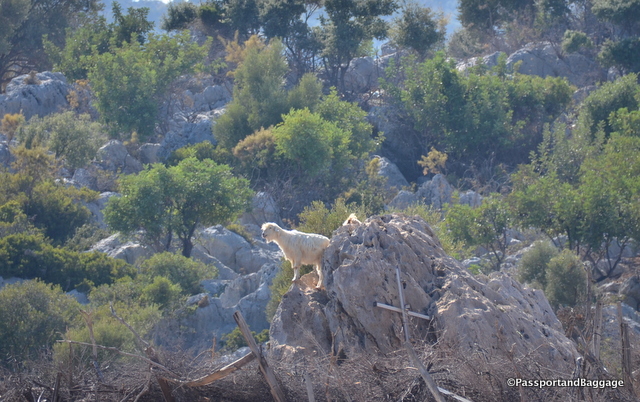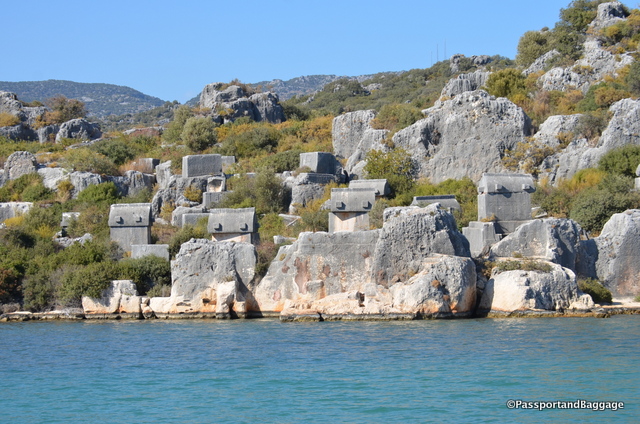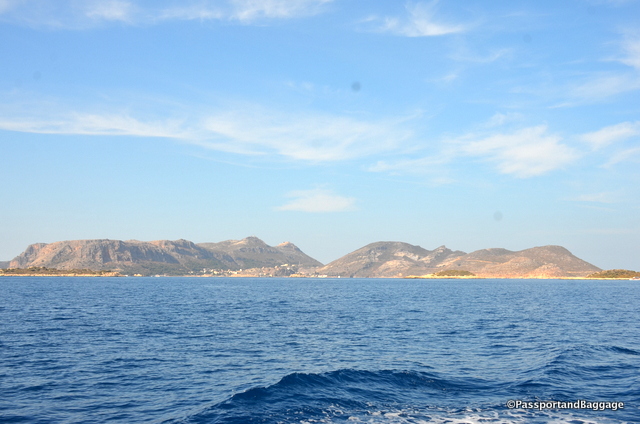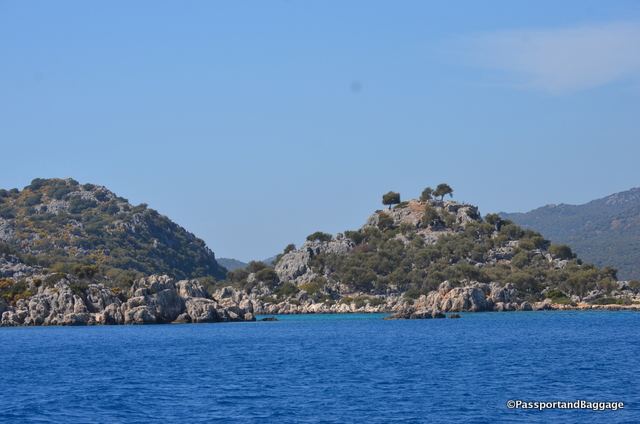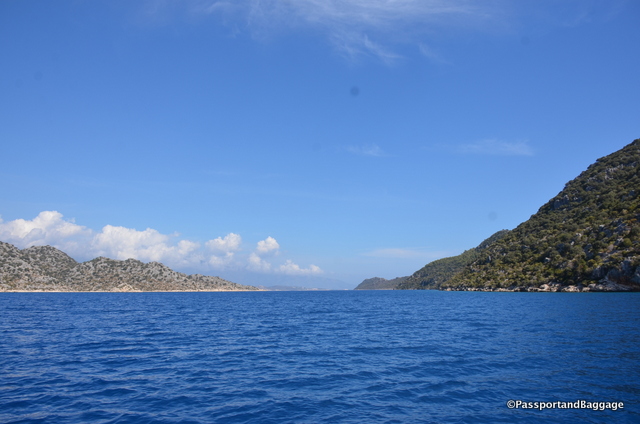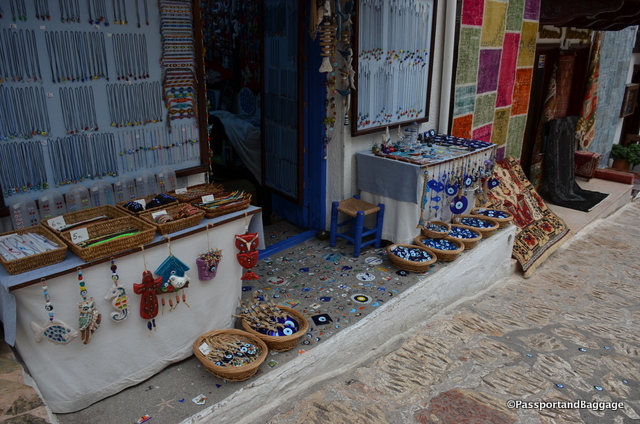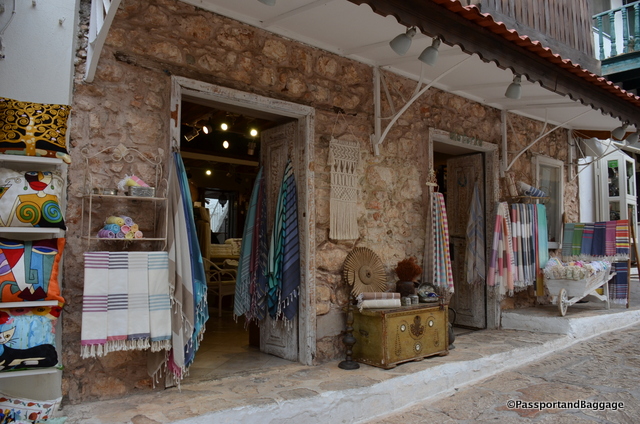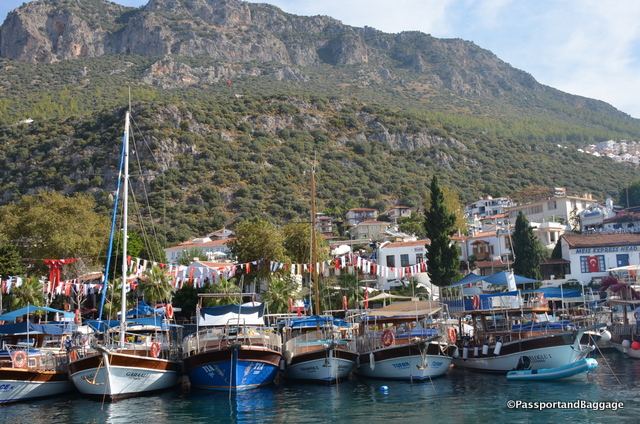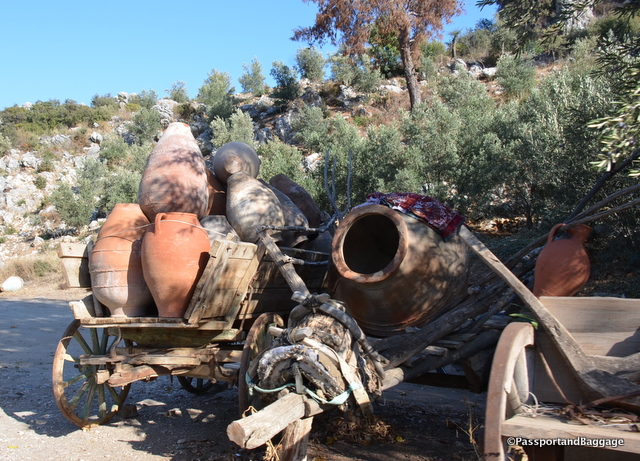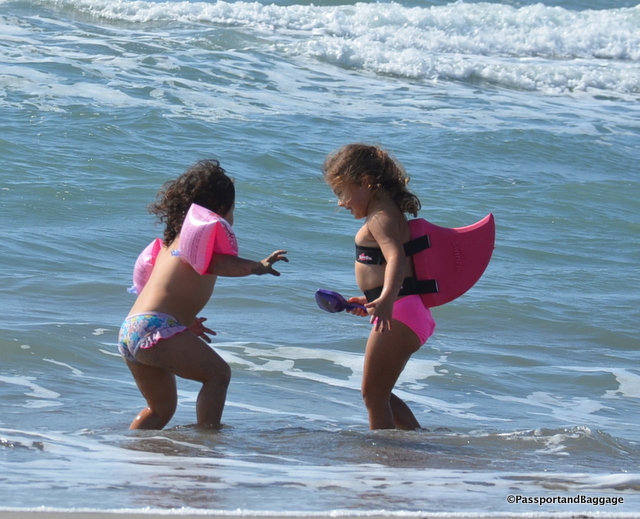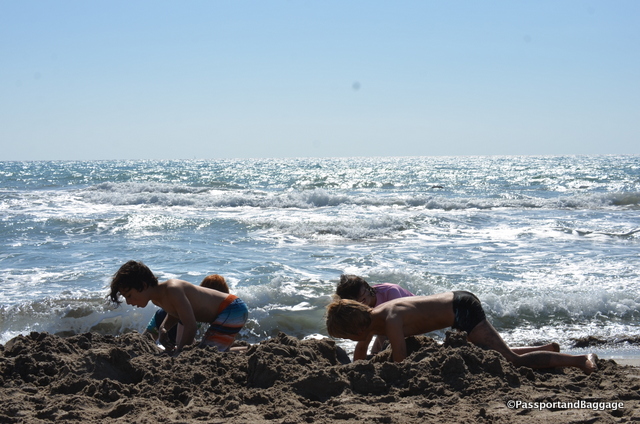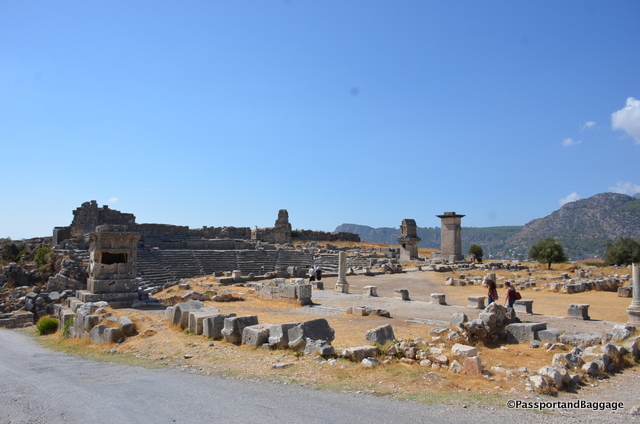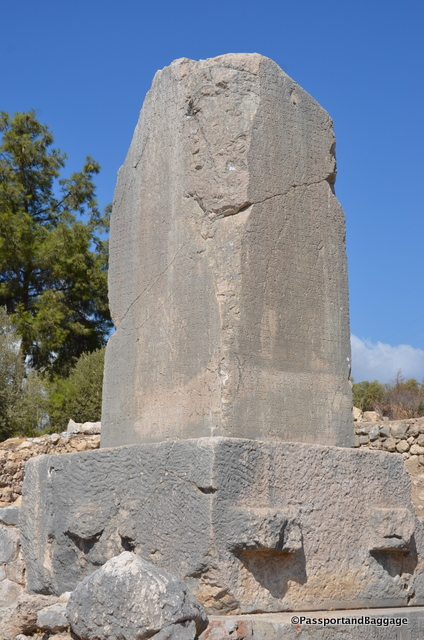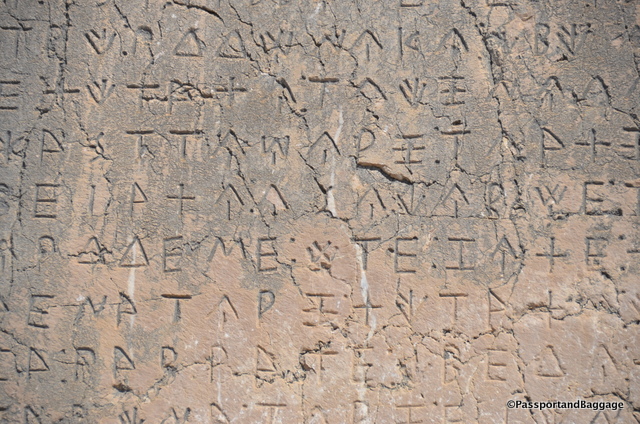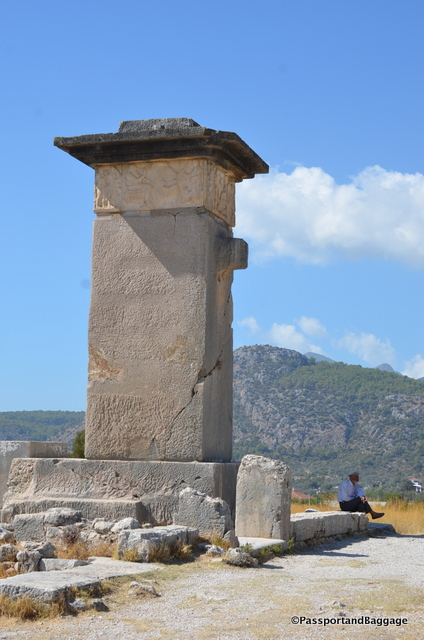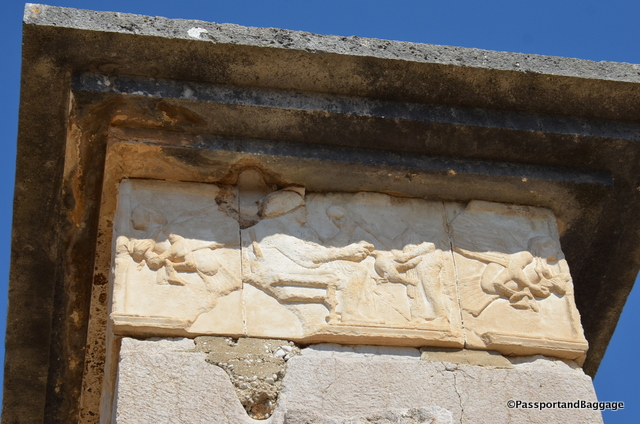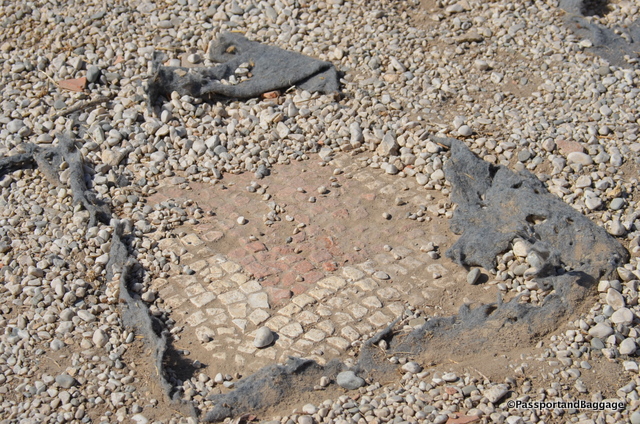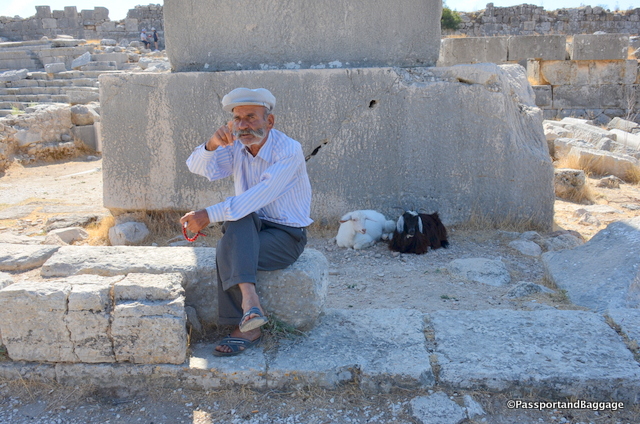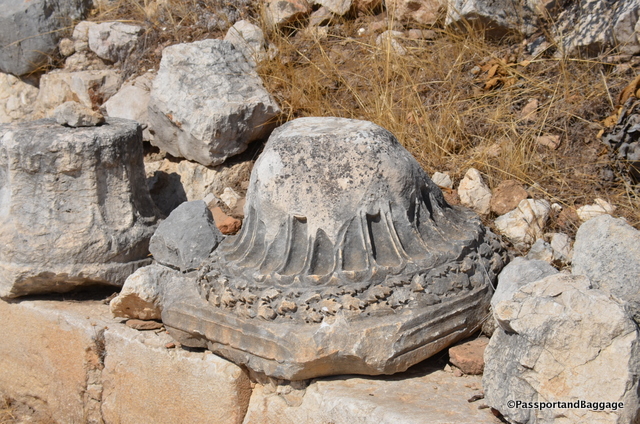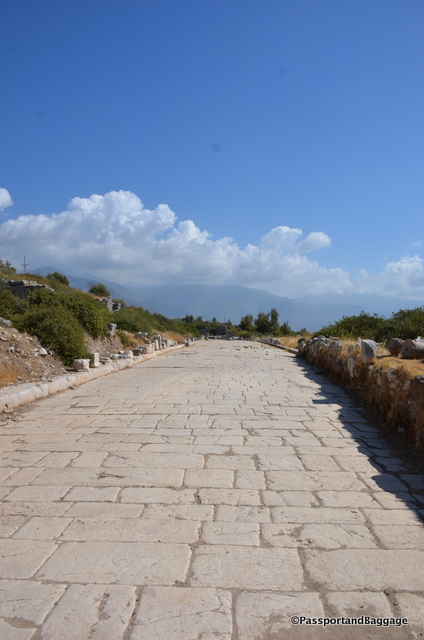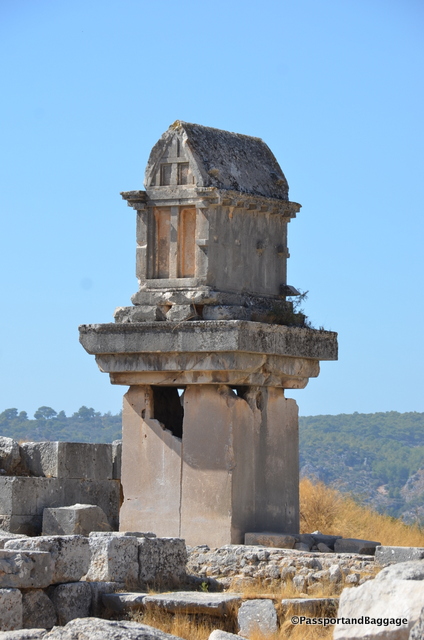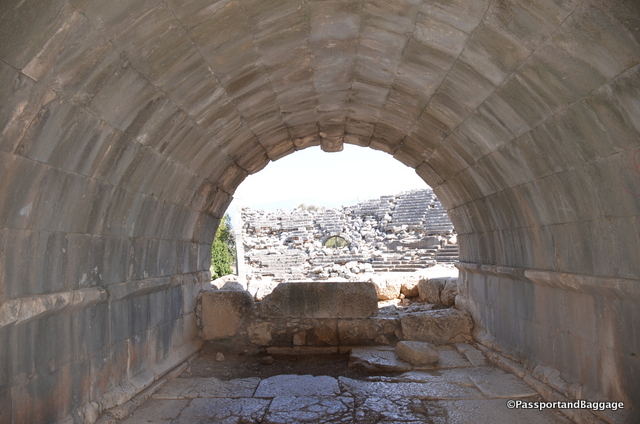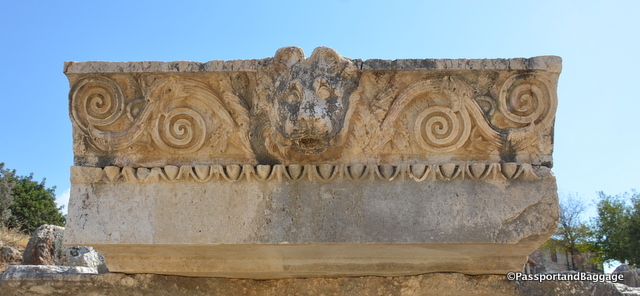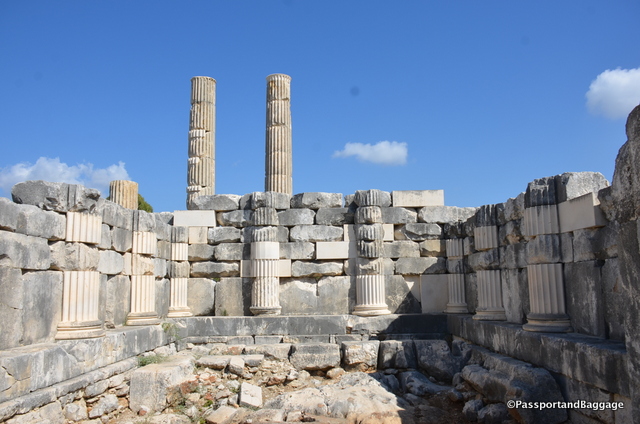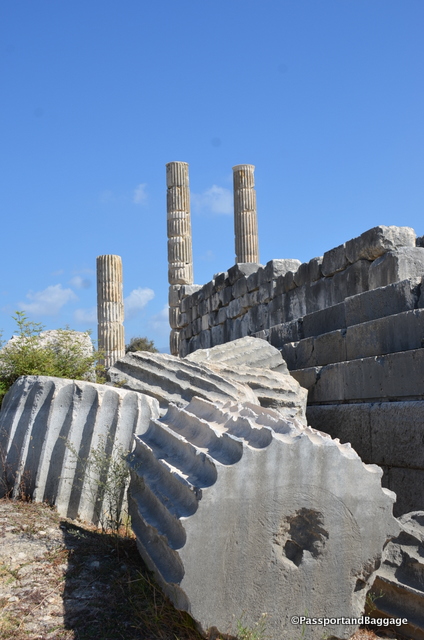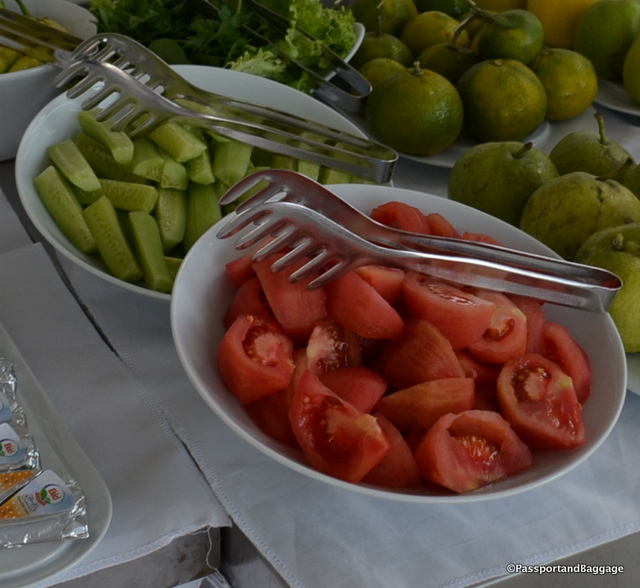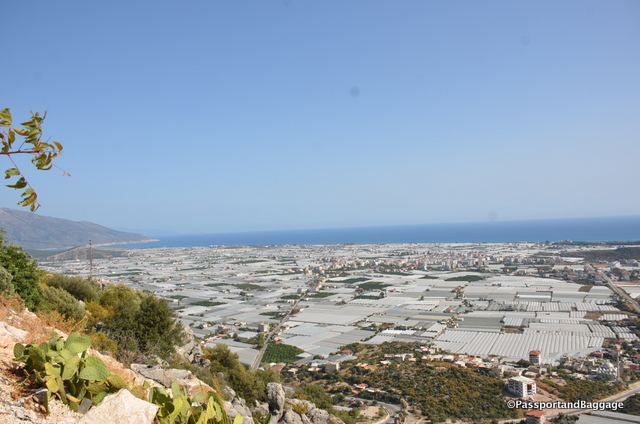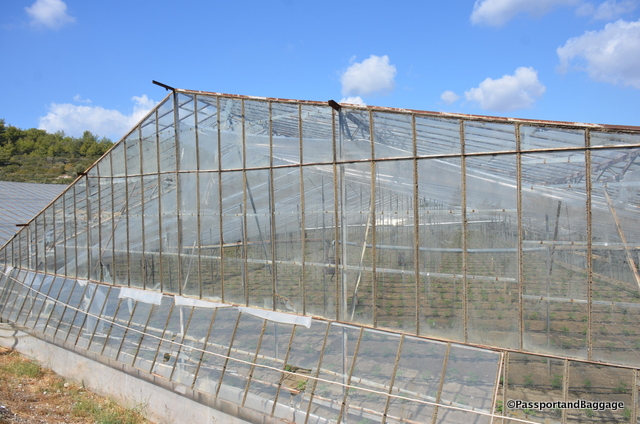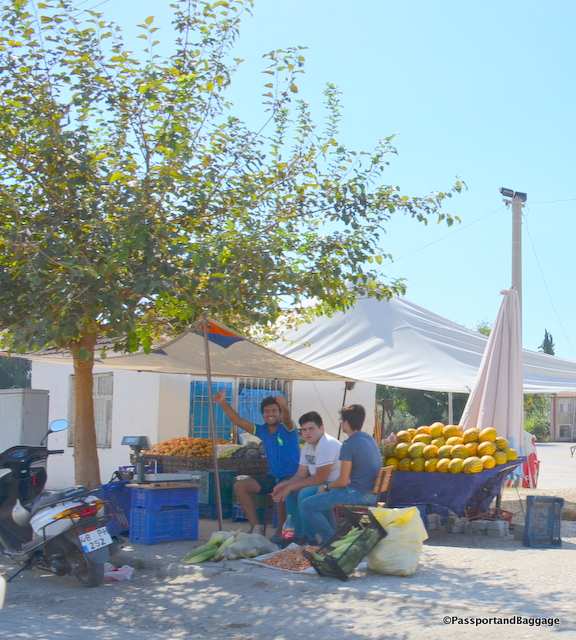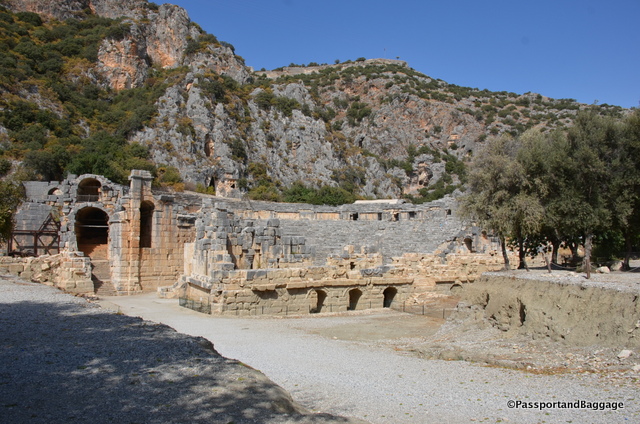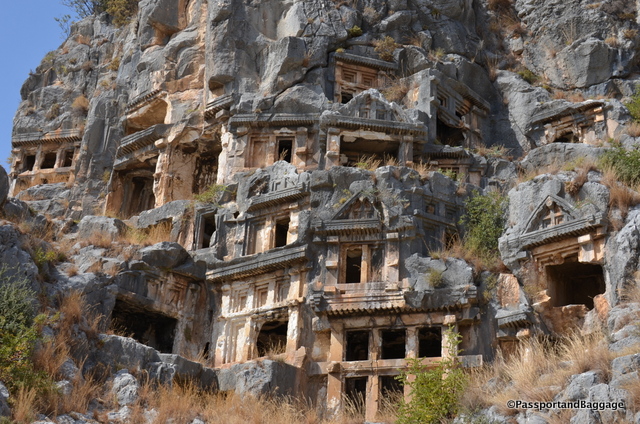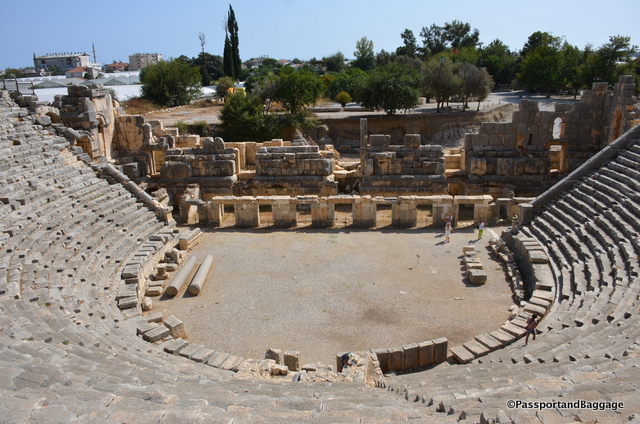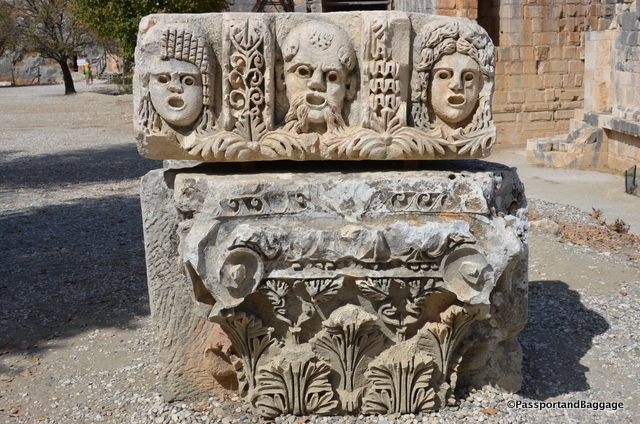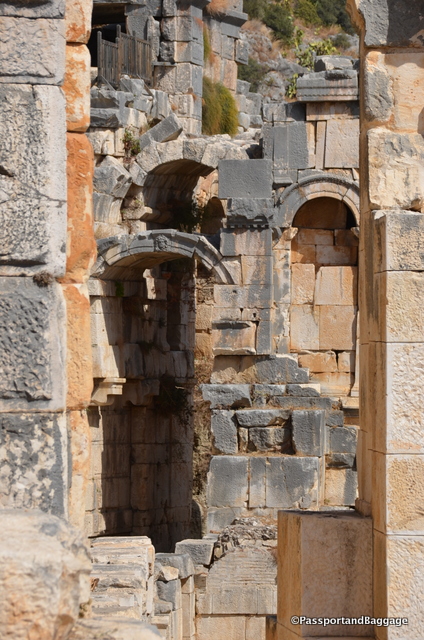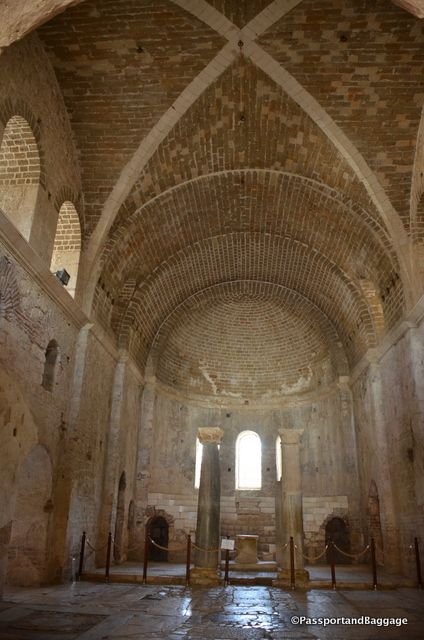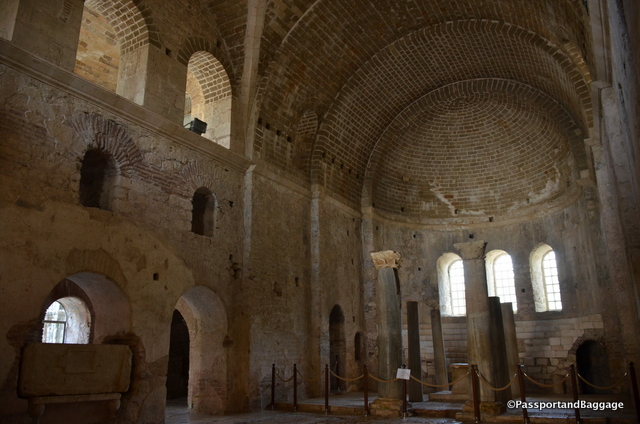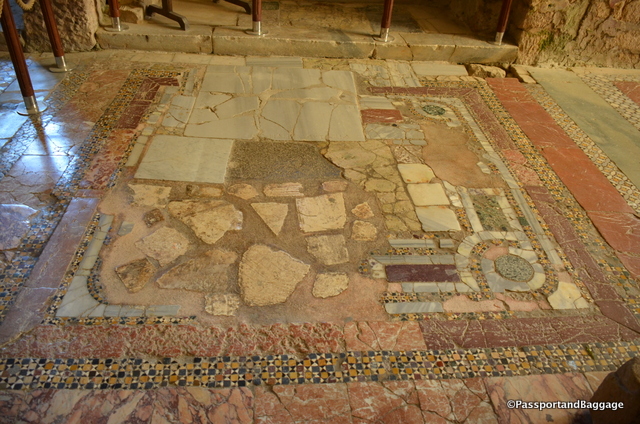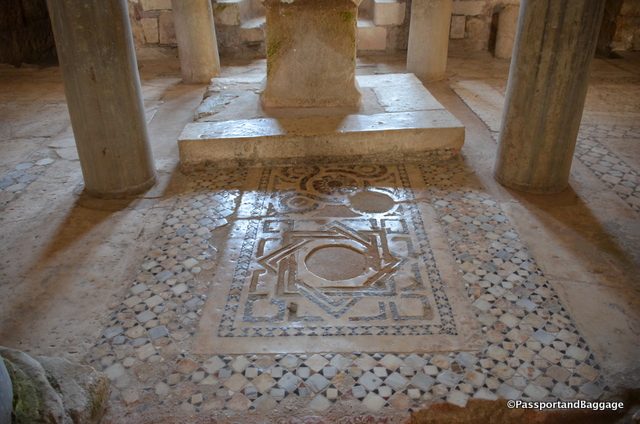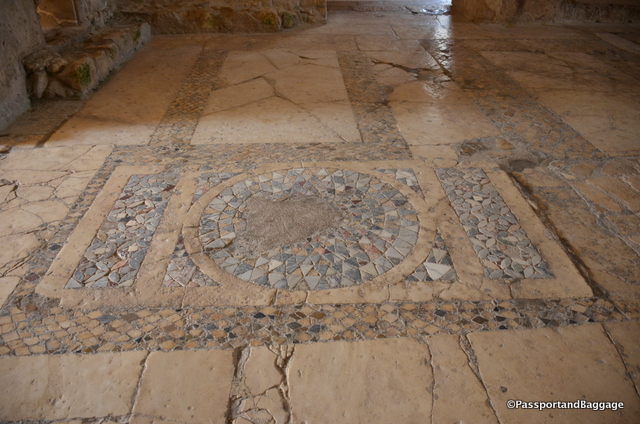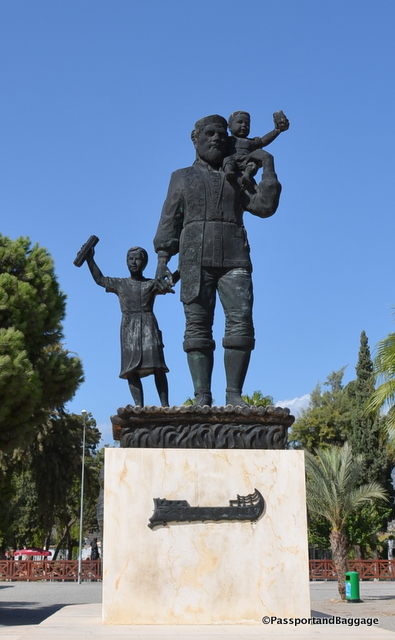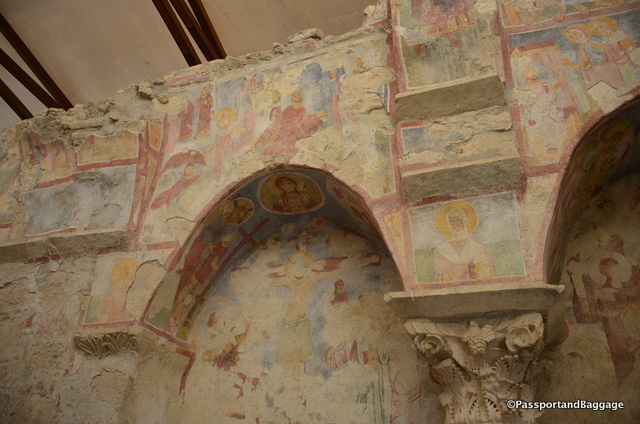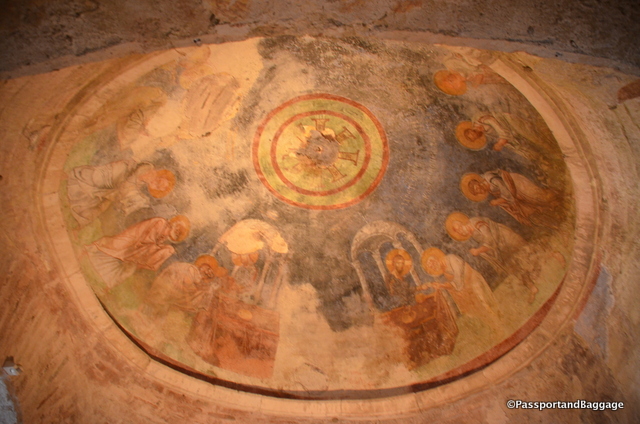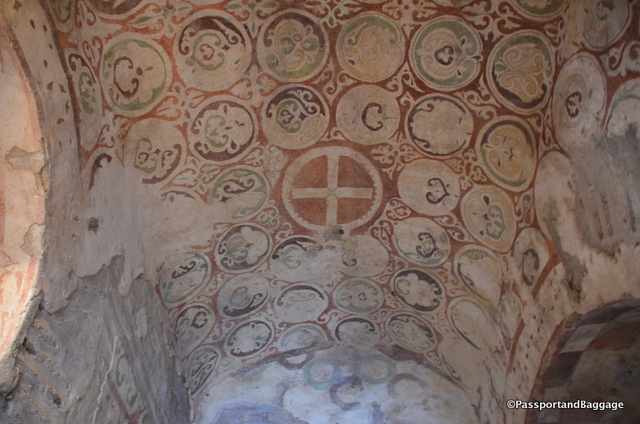October 13, 2016
The Istanbul Haydarpaşa Terminal was a major intercity, regional and commuter rail hub as well as the busiest railway station in Turkey until 2012. Found on the Asian side of Istanbul, a ferry ride on the Kadikoy – Eminonu line will take your right past the terminal.
The closure of the station has been subject to a lot of controversy, many claim that the Turkish government is planning to sell the historic railway station along with the port and turn it into a residence/luxury resort.
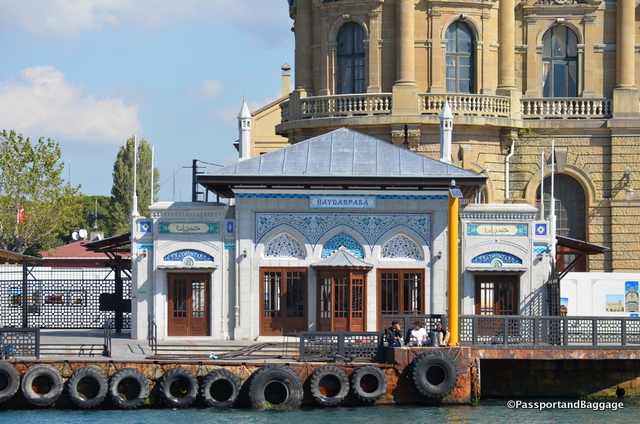
The lovely tile-adorned station iskele (ferry dock) was designed by noted Turkish architect Vedat Tek
When Istanbul was the capital of the Ottoman Empire, and essentially the center of the world, it had no railway so in 1871 Sultan Abdülaziz ordered a rail line to be built from Haydarpaşa to İzmit.
In 1888 the Anatolian Railway (CFOA) took over the line and the station. Since the station was built next to the Bosphorus, freight trains would unload at Haydarpaşa and the freight would be transferred to ships. The line started carrying passengers in 1890.
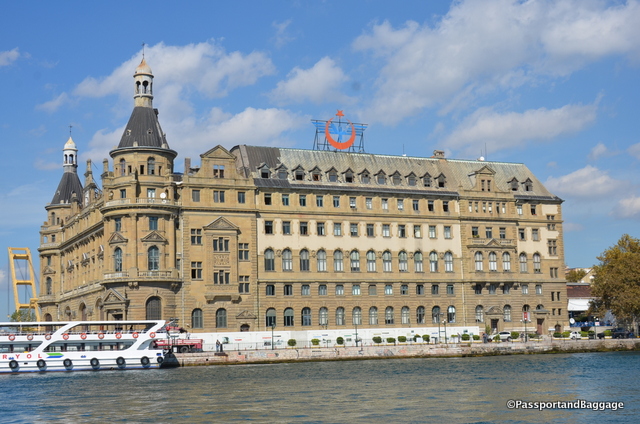 In the early 1900s, the Anatolian Railway hired two German architects, Otto Ritter and Helmut Conu, to build a new building to house the Istanbul terminus for the proposed Berlin to Baghdad rail line. They chose a neo-classical design and construction started in 1906. Its foundation is based on 1100 wooden piles, each 68 feet long, driven into the silty shore by a steam hammer. German and Italian stonemasons crafted the facade embellishments of the terminal.
In the early 1900s, the Anatolian Railway hired two German architects, Otto Ritter and Helmut Conu, to build a new building to house the Istanbul terminus for the proposed Berlin to Baghdad rail line. They chose a neo-classical design and construction started in 1906. Its foundation is based on 1100 wooden piles, each 68 feet long, driven into the silty shore by a steam hammer. German and Italian stonemasons crafted the facade embellishments of the terminal.
When World War I broke out in 1914, the Ottoman Empire sided with the Central Powers against the Allied Powers. The Ottomans lost and İstanbul was taken over by the British Empire. Haydarpaşa was under strong military control by the British during the occupation.
The British Empire withdrew from İstanbul in 1923 after Turkey obtained independence and in 1927 the newly formed Turkish State Railways took over the CFOA and the terminal, in an attempt to nationalize all Turkish railways. 1927 the CIWL started a premier train service from Haydarpaşa to Ankara: the Anatolian Express. This all-sleeper train travelled daily between the two cities.
 In 1940 with the completion of the Baghdad Railway to Baghdad, the Taurus Express began running from Haydarpaşa to Baghdad.
In 1940 with the completion of the Baghdad Railway to Baghdad, the Taurus Express began running from Haydarpaşa to Baghdad.
In 1979 a tanker burning on the Bosphorus damaged the terminal building, but it was restored a few months later. In 2010 a fire, during the building’s restoration, destroyed the roof and the 4th floor of the terminal building.
In 2011 the World Monuments Fund, placed the railway terminal on its 2012 Watch, drawing attention to the uncertain future of the historical site.
If you get to the Asian side be sure to visit Ciya Restaurant. It can be a tad hard to find, but it is on Güneşlibahçe Sokak which is the main street of the Kadıköy Market. The Kadıköy Market is similar to Beyoğlu’s Balık Pazarı (fish market), but with fewer tourists and barkers. The market is a foodie’s heaven! You will find the fish market; a number of excellent şarküteris; shops specializing in dried fruits, tea and coffee; cheese shops and some incredible bakeries and baklava stores.
The Sirkeci Terminal
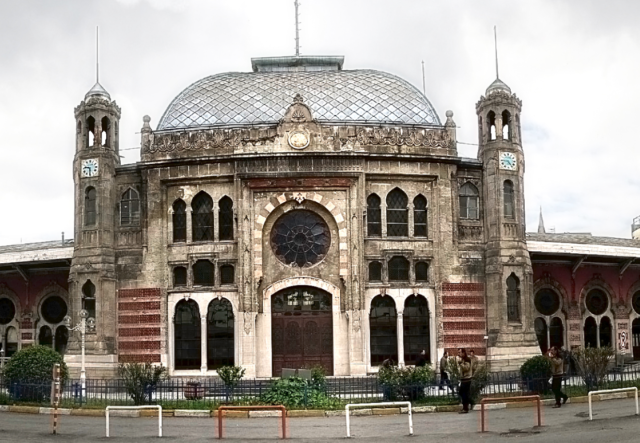 The Sirkeci Terminal was built in 1890 by the Oriental Railway as the eastern terminus of the world-famous Orient Express.
The Sirkeci Terminal was built in 1890 by the Oriental Railway as the eastern terminus of the world-famous Orient Express.
The architect of the project was August Jasmund a Prussian who was sent to Istanbul by the German government in order to study Ottoman architecture. The terminal building covers 13,000 square feet and is one of the most famous examples of European Orientalism. At the time the building was very modern, with gas lighting and heating in the winter, provided by large tile stoves made in Austria. The building is almost always covered in scaffolding and is very difficult to photograph.
